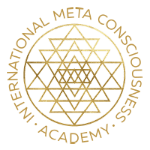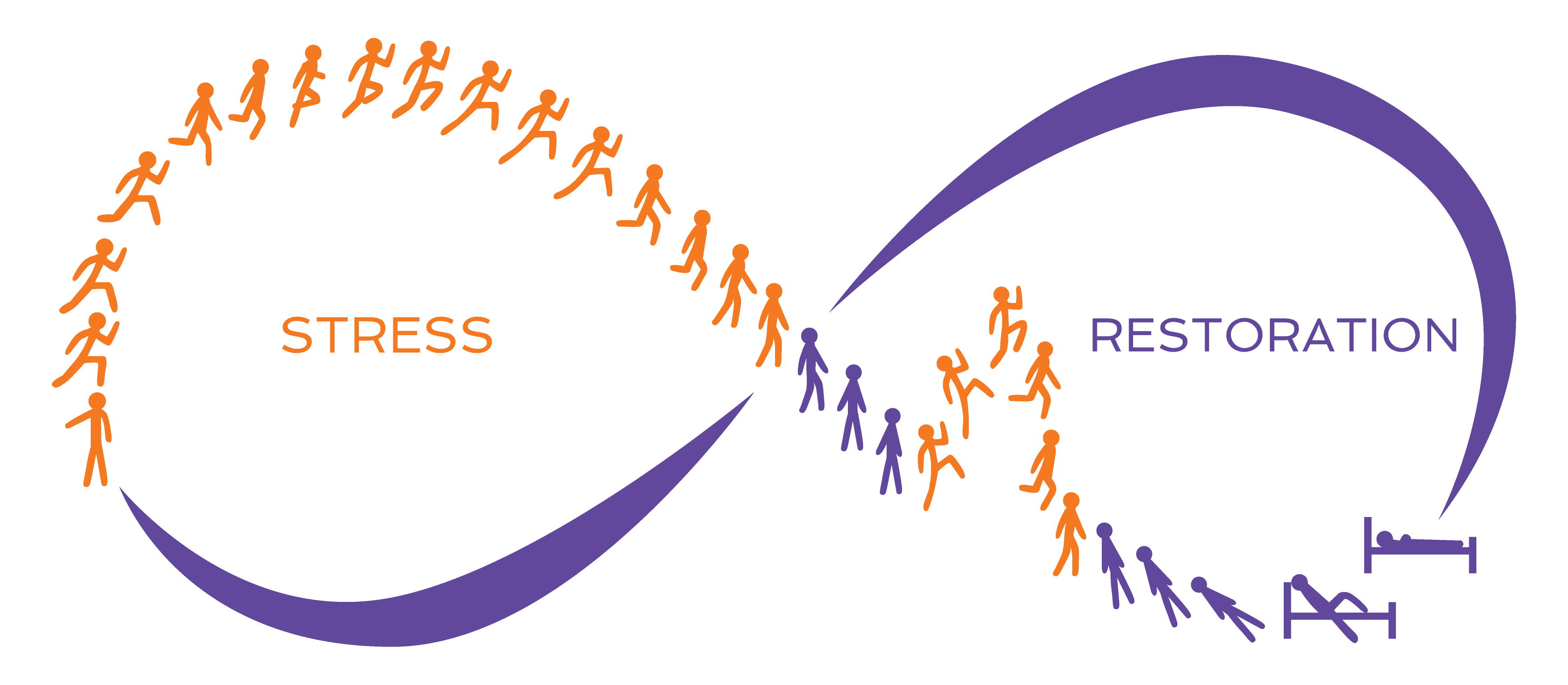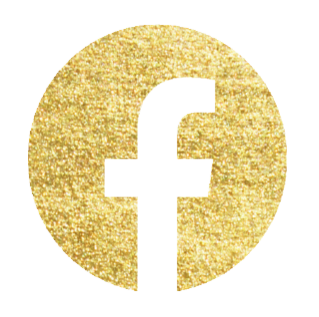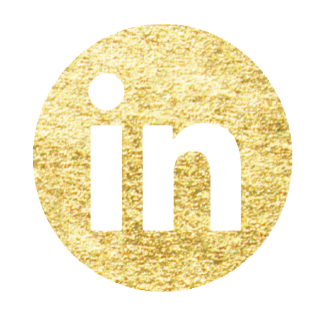Flu – What’s Really Going On?
We fear what we don’t understand.
Right now, the world is in fear.
Look at the language we’re exposed to:
Disease strikes.
We must fight.
We talk about beating our sickness. Overcoming it. Being a disease survivor.
Our words describe our programming perfectly: our paradigm is one of a world at war.
How much fear do these words create?
Meta Consciousness understanding of dis-ease can help release that fear.
Hence why I’m so glad you’re here.
“Nothing in life is to be feared, it is only to be understood.
Now is the time to understand more, so that we may fear less.”
— Marie Curie
Together, let us understand more, that we might help others fear less.
Let’s look at influenza and what’s really going on. But first, let’s understand our fear.
Where does our fear of dis-ease come from?
To understand our western view of medicine and dis-ease, we must revisit the 19th century rift between Pasteur’s – ‘germs attack the body which must be protected’ view and that of Béchamp and Bernard, who proposed the polar opposite.
We remember Béchamp and Bernard’s terrain theory paradigm: dis-ease emerges from within the body as natural processes of building up and breaking down tissue are triggered by the vitality or morbidity of the cells (the terrain). A damaged terrain signals a ‘dis-ease’ response.
And we may get curious.
Flu – What’s Really Going On?
Influenza is defined by modern medicine in a range of ways. Here’s what the CDC tells us:
“Flu is the cause of mild to severe illness and can lead to death.”
Well might we fear this illness.
Let’s look at the symptoms as compared to the ‘common cold’:
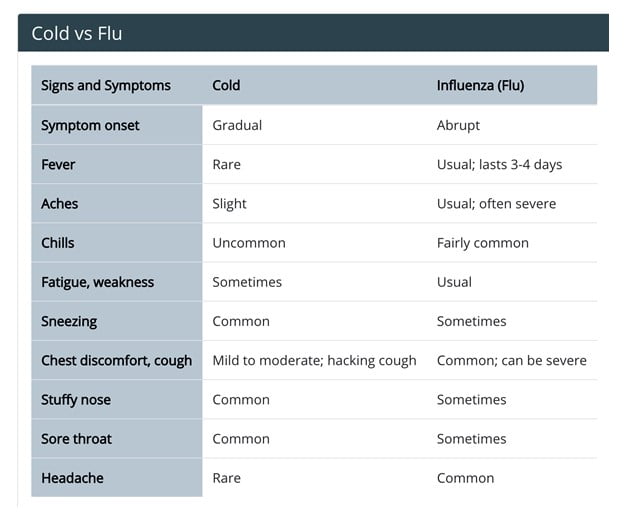 The eye of the western medic groups and categorises symptoms to distinguish between a ‘cold’ and a ‘flu’.
The eye of the western medic groups and categorises symptoms to distinguish between a ‘cold’ and a ‘flu’.
Western dis-ease fighters scan the 2-dimensional list, matching symptoms to the medicines and methods in their armoury.
A Meta Consciousness eye scans the list of symptoms for the biological function they perform and for clues as to their phase within the process of dis-ease. Understanding the disease process starts with understanding the process of life itself, night and day so to speak.
The Infinity Phase Cycle
The Infinity Phase diagram represents the process of day and night: we spend daytime in awake-mode, night time in rest and digest
The graph, a wave shaped line, shows the ‘stress phase’, above the horizontal and the ‘restoration phase’ below it.
Dis-ease – the Body’s Expression of Trauma
When trauma (emotional or physical) hits the heart, mind, tissue, brain, stress phase activity (the first part of the wave) is exaggerated. The line leaps up above the normal curve for as long as the threat remains. We generally do not see symptoms in this phase – we may even enjoy the seemingly superhuman strength and stamina we have as heightened energy levels keep us going well past the normal need to rest.
When the danger is perceived to have passed, we enter the restoration phase (the second part of the wave, below horizontal), which is also exaggerated.
In this second phase we see symptoms: the body reverses emergency measures we didn’t realise it was taking in the exaggerated stress phase. We’re exhausted, and we feel ill.
The dis-ease process is responsive to the severity and duration of the causal trauma, conflict or trigger. The bigger the shock, the more extreme the body’s threat response.
Now let’s take a closer look at the list of cold and flu symptoms, knowing that most symptoms will appear in the restoration phase. Whereas germ-theory views each as a sign of ill-health, Meta Consciousness understanding sees them as signs of the body’s healthy response to trauma resolution.
Fatigue and Weakness
We are not surprised to see fatigue and weakness on the symptoms list. Restoration phase requires… rest.
Fever
Fever is consistent with the restoration phase – the body heats as it heals. Blood vessels expand to increase the supply of oxygen and nutrients to the cells. Blood flows to the extremities.
Chills
Chills may be experienced in the cold, stress phase, before other symptoms appear. Blood flow to the extremities is reduced when we are in the stress phase, so that target organs, required to manage the perceived crisis, can be prioritised. This restricted flow makes us feel cold.
The chills can return in the second phase. The disease process is more complex than the infinity wave of functioning. There is a healing peak mid-way through the restoration phase – the body tests out the systems. A peak spikes into the ‘cold’, active phase above the line – hence we may experience ‘chills’.
Sneezing
Sneezing is a classic healing peak symptom. We sneeze for an intense period, as the body re-boots, spiking into active phase to expel mucus formed in the first stage of repair.
Headache
Water accumulates in the restoration phase of dis-ease. This causes headaches.
Now to find out what’s really going on…
Flu reveals its true purpose in the core conflict symptoms – those affecting the muscles, the chest, the nose and the throat. We’ll start with the nose in detail…
Stuffy Nose (Also runny nose and sneezing)
The nasal passages are built for scent detecting – in wild animal terms, we sniff out our prey; we catch the scent of our mate/family/pack; and we smell the threat of predators. Bad smells repel us – they signify danger. Pleasant odours attract and reassure. Smell is connected to territory and connection or separation from others.
As with all perceived traumas, a conflict around scent can be literal or figurative. We can be shocked at the stink of smoke, or a sudden whiff of an ugly aroma. These literal smells may signify threats to our territory (smoke may mean the house is on fire).
Equally (more commonly), we register the emotional shock of an unexpected situation – something stinks, we’re fed up, something or someone’s got right up our nose. Or perhaps we lose the scent of a loved one, we may feel emotional separation from a smell we desire.
A group of us may perceive the same stink conflict at the same time. An unwanted change at work. An argument at home. We find a bunch of people coming down with a cold or flu as the trauma releases…can you relate to this?
If the body perceives an event as a ‘stink’ type conflict, a threat, or a reminder of a similar trauma, it triggers a ‘fight/flight/freeze’ response. The body’s biological protection system goes into action… This has primal purpose. It equips us to fight, flee, or freeze.
The nasal linings thin and ulcerate, widening the nasal passage, giving more air flow, heightening our scent detection for a while. In this first phase, there are no perceived symptoms – the increased sensitivity enables hyper-vigilance whilst under threat.
Once the danger is perceived to have passed, or is no longer an imminent threat, the second phase kicks in. The mucous membranes are replenished and refilled, causing congestion and sneezing.
The cold is a classic ‘stink’ conflict in the restoration phase.
Now we understand what’s going on with the nose, we can scan the remaining symptoms…
Sore Throat
A sore throat tells us that the body is recovering from not wanting to swallow something that stinks.
Aches
Muscles aching in the restoration phase are recovering from a shock connected with feeling powerless to move.
Chest Discomfort, Cough (Bronchi and Larynx)
A fear-scare, or a territory shock, cause us literally as well as figuratively to catch our breath. The fear ‘takes our breath away’. First phase sees the removal of cells, a reduced ability to inhale – the biological intention – to fake death. The recovery involves replenishing cells accompanied by coughing to expel mucus.
Chest muscles may ache, as explained above.
If we look at a few (not all) symptoms of COVID 19:
- High temperature
- A new, continuous cough
- Loss or change of taste or smell
We see the high temperature, as before, as a sign of second phase restoration.
The cough is a fear-scare or territory shock – there have been any number of these on a global scale over the past year.
The loss or change of taste or smell returns us to the ‘stink’ conflict.
We ask: ‘What stinks here? What unexpected conflicts have been distasteful or odorous? What danger might we have had to sniff out or taste in the air?’
When we look at the global media over the last year, we are not short of possibilities.
Saluting The Body’s Innate Intelligence
Reviewing the cold and flu symptoms with a Meta Consciousness eye reveals purpose and process in the experience of ‘dis-ease’. The body isn’t broken. It isn’t attacking itself.
The labels ‘cold’ or ‘flu’ become irrelevant, the symptoms and their meaning tell us all we need to know. The severity of symptoms, the speed with which they appear, will be dependent on the severity and duration of the shock which triggered the dis-ease process.
The body’s innate intelligence is nothing short of miraculous.
“If the patient has been made aware of all the facts, he will no longer need to get frightened by his symptoms. He can now fully accept these as the healing symptoms they are – all of which had until now caused fear and panic. In the greatest number of cases, the whole episode will pass without any serious consequences.” – Dr Hamer
When we view the body as an intelligent organism programmed to survive, dis-ease becomes a process we can understand.
Our understanding of dis-ease as a healing, homeostatic process, enables us to work with the body to release the emotions, trapped within the trauma or trigger moments. This assists the body’s healing and encourages a cellular environment of vitality rather than morbidity. Releasing the emotions of shock and pain, which close down cell functioning (see Candice Pert’s ‘Molecules of Emotion’) supports their return to health.
Energy therapies, such as EFT, Matrix Re-imprinting, alongside other modalities, nutritional supplements and so on are ideally placed to work hand in hand with this understanding.
Over the last 15 years, I have seen many clients release ‘untreatable’ symptoms as a result of this targeted support. I know first-hand the power that Meta Consciousness understanding brings.
When we understand dis-ease, we need fear it no more.
When we fear it no more, we can help ourselves heal.
When we help ourselves heal, the world heals with us.
So what role does the virus play in the flu?
Join me soon for my next blog: ‘When’s a virus not a virus? And what does it really do?’
